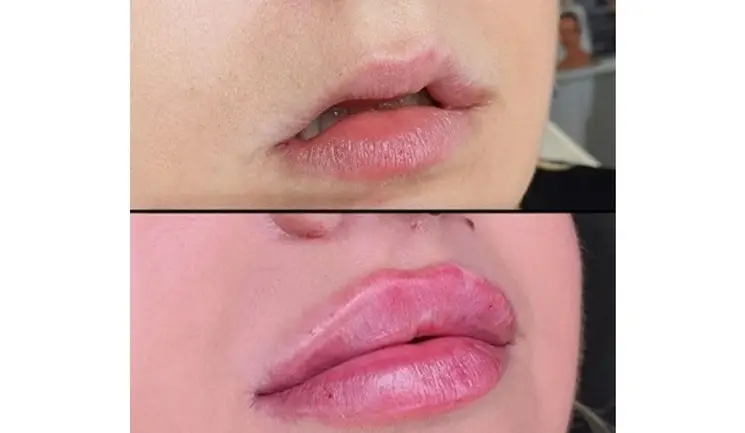Dr Jasmin Taher describes her treatment approach for patients with ‘M-shaped’ lips and shares a successful case study
To access this post, you must purchase Aesthetics Journal Membership – Annual Elite Membership, Aesthetics Journal Membership – Annual Enhanced Membership or Aesthetics Journal Membership – Basic Membership.





